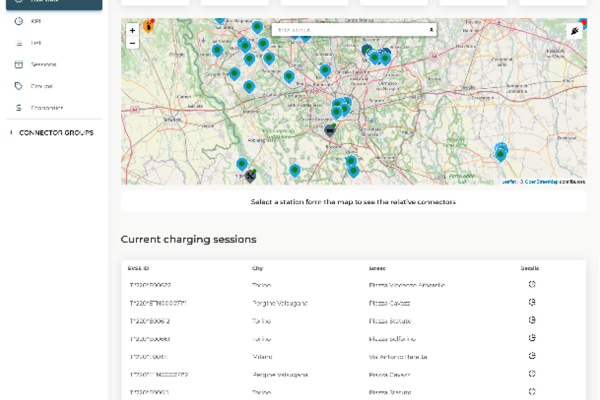
In a nutshell duty of care means employers should take all steps which are reasonably possible to ensure the health, safety and wellbeing of employed drivers.
Legally, employers must abide by relevant health & safety and employment law, as well as the common law duty of care.
And demonstrating concern for the physical and mental health of your workers shouldn’t just be seen as a legal duty – there’s a clear business case, too. Look after your staff and the chances are you will not only retain more of them but gain their trust, which in turn can lead to better productivity.
An employer can be said to have breached their duty of care by failing to do everything that was reasonable in the circumstances to keep their employed drivers safe from harm.
Non-compliance isn’t an option. You must show a Duty of Care to your employed drivers, and – if anything goes wrong and a driver has an accident, is injured or causes injury or worse still there is a fatality – you must be able to demonstrate that you have done so or potentially face very severe consequences.
You must show a duty of care towards the drivers you employ, irrespective of whether they drive company owned vehicles or use their own private vehicles for business purposes – the so-called ‘grey fleet’.
This includes all drivers who drive on company business – even occasionally.
In practice you must demonstrate that you have taken reasonable steps to ensure that they are safe. That means that every employed driver needs to be assessed for ‘occupational road risk’.
That doesn’t have to mean paying large amounts of money for all drivers to be assessed on the road. It can now be done online too, which makes it much cheaper.
On-road driver training does have some advantages but there are several drawbacks, like consistency for one.
Your assessments need to be consistent for all drivers, but that’s very difficult to achieve on the road since every trainer is different, and the assessment will be subject to different situations.
And while the Driving Standards Agency checks all approved driving instructors there are no less than six grades of competence, so you have to be careful.
And to be a Fleet Trainer, instructors need an additional qualification. So it’s worth asking your training providers what grade your trainers have reached,
There’s also the problem of finding time during the working day to release a driver for on-road assessment.
Online assessments, however, address all these issues. They are consistent, flexible and can be delivered cost effectively anywhere, and at any time.







